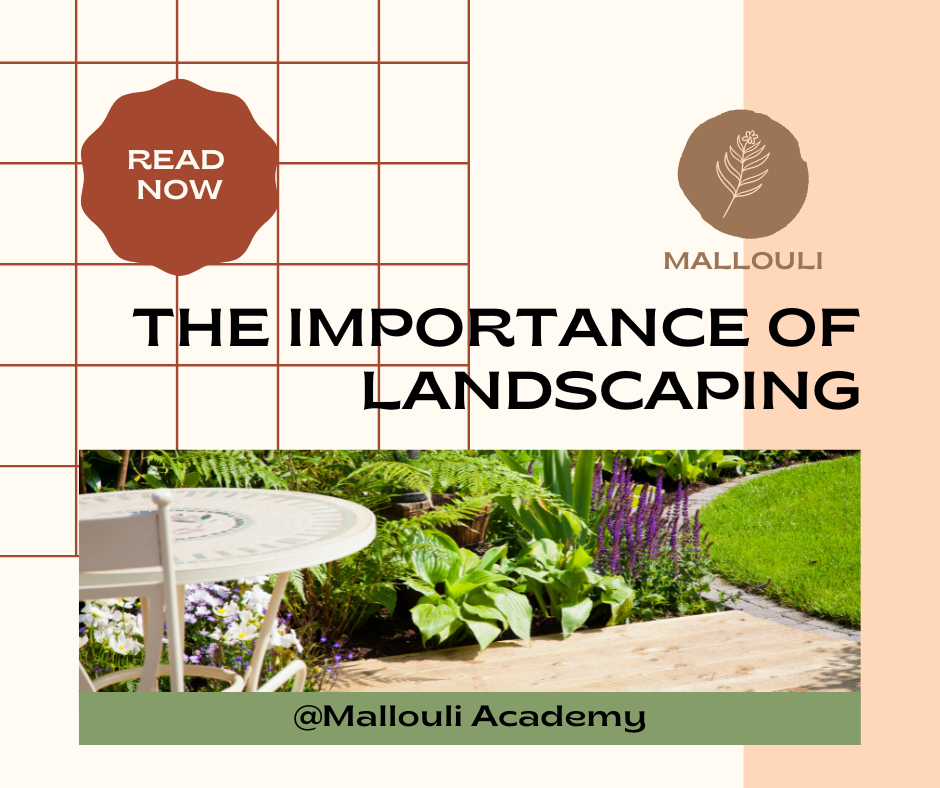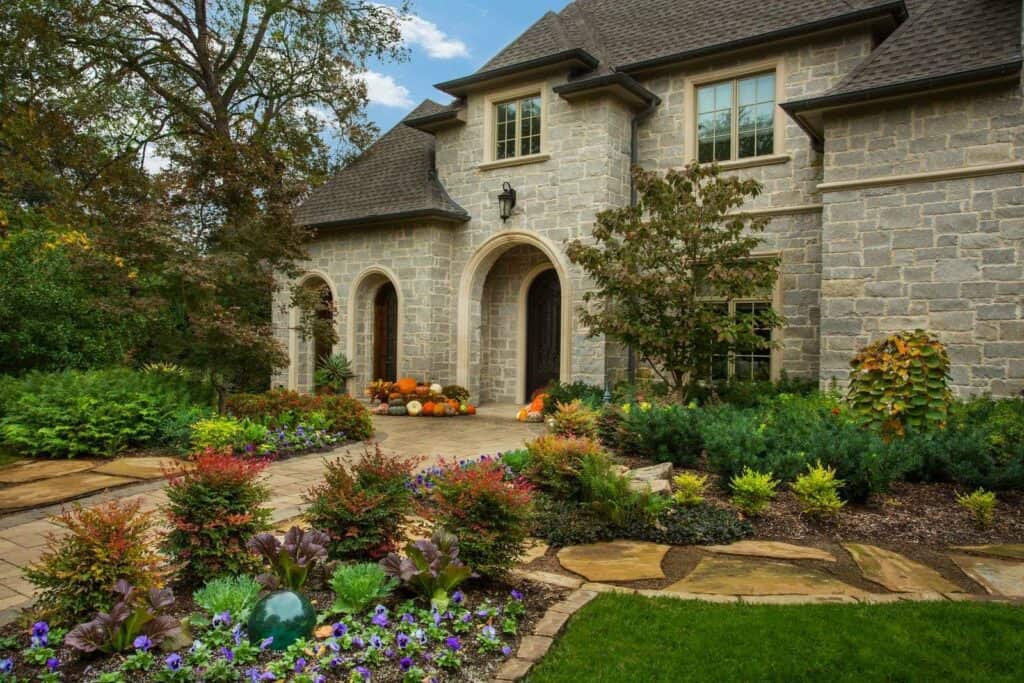Top Guidelines Of Landscape Design
Table of ContentsSome Of Landscape DesignThe Single Strategy To Use For Landscape DesignGetting My Landscape Design To WorkLandscape Design Fundamentals ExplainedLandscape Design Can Be Fun For Anyone
Official style motif. Credit Scores: Gail Hansen, UF/IFAS The lawn is an extension of the home where a variety of tasks happen. A backyard can normally be split into 3 locations: public (the front backyard), private (the back lawn), and solution (normally the side yard). The location of task areas depends primarily on the sort of location, the size of room required, the type of task, and the preferred proximity to various other tasks and structures.The outside wall surface of your home often offers as the first wall or beginning point of an outside room. Inappropriate usages ought to be divided, and related tasks, such as food preparation and dining, need to be assembled to make the yard a lot more efficient and satisfying. When making use of hardscape to develop spaces, utilize building and construction material similar to that used in your house for connection from the house into the yard.
Connected areas. Credit Score: Gail Hansen, UF/IFAS Utilizing comparable hardscape attributes and repeating plants pulls the eye around the garden. Crucial factors along the way can be highlighted with growings or features that draw interest and motivate activity in a certain direction. Moving along the path takes a person from one area to the following and permits the user to have a range of experiences.
Top Guidelines Of Landscape Design

For mental comfort plants are used as physical or suggested barriers for privacy and safety. Physical barriers obstruct both the sight and access to a space and include fences, wall surfaces and plant bushes. Implied obstacles, commonly low expanding plants, obstruct gain access to yet not the sight (Number 9). Other functions of plants consist of cleaning up the air, stopping erosion and dirt loss, retaining wetness in the dirt, and returning raw material to the soil.
Physical and suggested obstacles. Credit: Gail Hansen, UF/IFAS For these factors, the kinds of plants to be made use of (such as trees, bushes, or groundcovers) should be picked in the early phases of planning (Landscape Design). Plant types are picked for their functional capacities to ensure that their future objective and needed room can be thought about at the same time

The Basic Principles Of Landscape Design
Each plant mass remains in front of, behind, or following to, one more mass. Figure 11. Straight plant layers. Debt: Gail Hansen, UF/IFAS Figure 12. Vertical plant layers. Landscape Design. Debt: Gail Hansen, UF/IFAS Repeating plants within a mass and repeating masses with comparable plants links the garden together. The private plant attributes have to be thought learn the facts here now about to effectively layer and mass plants.
All plant compositions begin with the main structure plants, the large, mostly evergreen background plants-such as the trees and large shrubs. These plants separate or enframe spaces, control the size of the room, and supply the beginning point for picking the suitable characteristics of the second layer, midground plants, for massing and infill.
Important points in the yard need to be highlighted by the usage of one-of-a-kind plants, distinctive structures, or garden ornaments. Noting limits or entryways to areas can be finished with gates, arbors, and steps, or via using special and vibrant plants. The form and/or style motif of the garden will often help establish the vital factors and exactly how they ought to be highlighted.
Other important areas in the backyard are focal points, which is used to aesthetically organize a landscaped location. Different perspectives or viewpoints can reveal different structures in the landscape that might need a selection of focal points.
All About Landscape Design

Plant forms. Credit Score: Gail Hansen, UF/IFAS After form, texture is the following dominant feature of a plant; crude, medium and fine go to this website appearances can be utilized for contrast and focus in the landscape.
The enjoyable scent of plants, the noise of wind in the trees, the sound and appearance of water, and the colors and textures of sculptures, pots and yard furnishings all include to the experience of the yard. One information that is usually forgotten is the result of light on the aesthetic appeals of the plants.

An Unbiased View of Landscape Design
It is important to understand the ultimate fully grown size of plants so they can be put in the right place Recommended Reading and spaced properly when they are set up. Offering plants room to grow is a difficulty due to the fact that the common mature dimension is typically based on ideal expanding problems and the environmental conditions of a site may create a plant to expand bigger or stay smaller.